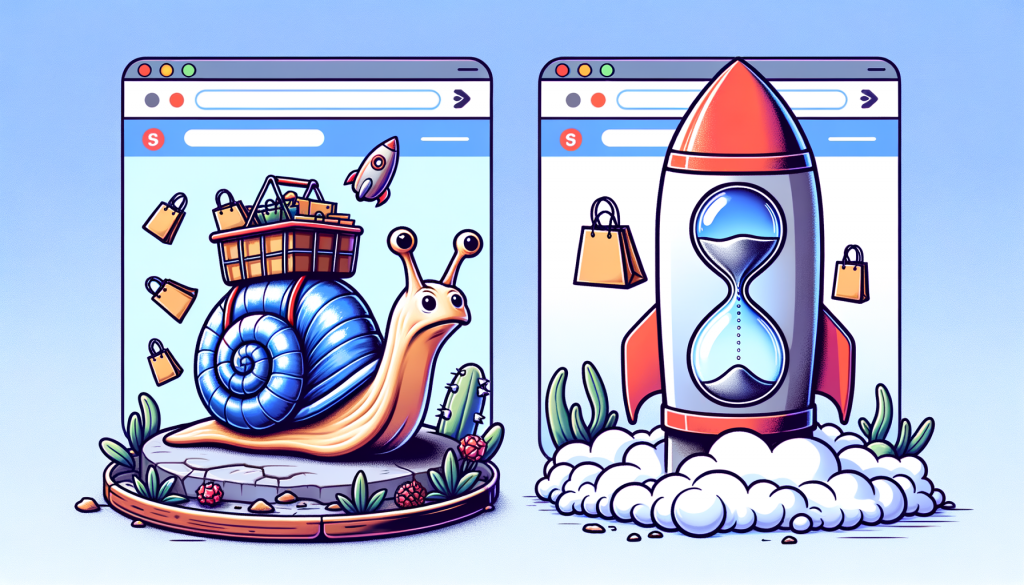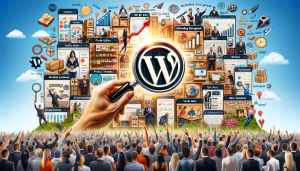Why WooCommerce Is Slow: Causes and Solutions
WooCommerce has become one of the most popular eCommerce solutions for businesses worldwide. However, users sometimes face performance issues, leading to a slow website. This article dives deep into the reasons why WooCommerce is slow and how you can optimize it for superior performance.
Why Is My WooCommerce Website So Slow?
Several factors influence your WooCommerce website’s speed. Understanding these reasons helps in striking the right balance between functionality and performance. Here are some common causes:
- Hosting Issues: Low-quality or shared hosting can throttle your website’s speed.
- Heavy Themes: Complex or unoptimized themes take longer to load.
- Overloaded Plugins: Too many plugins or poorly coded ones can slow your site.
- Unoptimized Images: Large, uncompressed images adversely affect performance.
- Missing Caching: The absence of a caching mechanism adds to page load delays.
If these issues resonate, our comprehensive WooCommerce troubleshooting guide can assist you in finding viable solutions.
How Can I Make WooCommerce Faster?
Improving WooCommerce performance involves adopting best practices and leveraging the right tools. Here are actionable tips to make your WooCommerce site faster:
- Upgrade Your Hosting: Invest in reliable WooCommerce-focused hosting solutions.
- Use a Lightweight Theme: Opt for speed-optimized WooCommerce themes that balance design and performance.
- Optimize Your Images: Use image compression tools to reduce file sizes.
- Implement a Caching Plugin: Plugins like WP Rocket are tailored for WooCommerce.
- Reduce Plugins: Audit your plugins and deactivate unnecessary ones.
Each of these tips, when executed correctly, can significantly reduce load time. Learn more about enhancing WooCommerce efficiency with our ultimate WooCommerce optimization guide.
How Much RAM Does WooCommerce Need?
Knowing your WooCommerce store’s resource requirements is crucial for its performance. While a basic store may only need 2GB of RAM, a high-traffic website with hundreds of products typically requires 4GB or more. Pairing this with a robust hosting solution ensures seamless operations. Explore WooCommerce-specific hosting options for sustained performance.
Steps to Diagnose WooCommerce Performance Issues
Diagnosing your site’s slow performance is the first step toward resolving it. Follow these steps:
- Run Speed Tests: Use tools like Google PageSpeed Insights.
- Examine Plugins: Identify bottlenecks caused by inefficient plugins.
- Review Theme Performance: Switch to a lightweight theme temporarily to gauge changes.
- Monitor Database: Large or unoptimized databases can slow down your site.
For a detailed explanation on addressing slowdowns, read our WooCommerce scalability guide.
Are There Alternatives to WooCommerce?
While WooCommerce is a versatile and flexible platform, some users explore alternatives for specific needs. However, WooCommerce remains unparalleled in scalability and customization, especially when optimized correctly. Learn how WooCommerce stands out among competitors.
Final Thoughts: Optimizing WooCommerce for Speed
There’s no denying that WooCommerce is a powerful tool for building eCommerce websites. However, when performance issues arise, identifying the cause and implementing solutions swiftly is essential. Whether it’s through hosting upgrades, plugin optimization, or caching enhancements, every step makes a difference.
If you’re looking for tailored guidance, eCommerce Solutions provides a range of services to unlock your WooCommerce store’s full potential. Explore our guide on why WooCommerce is slow for more insights.
“`






